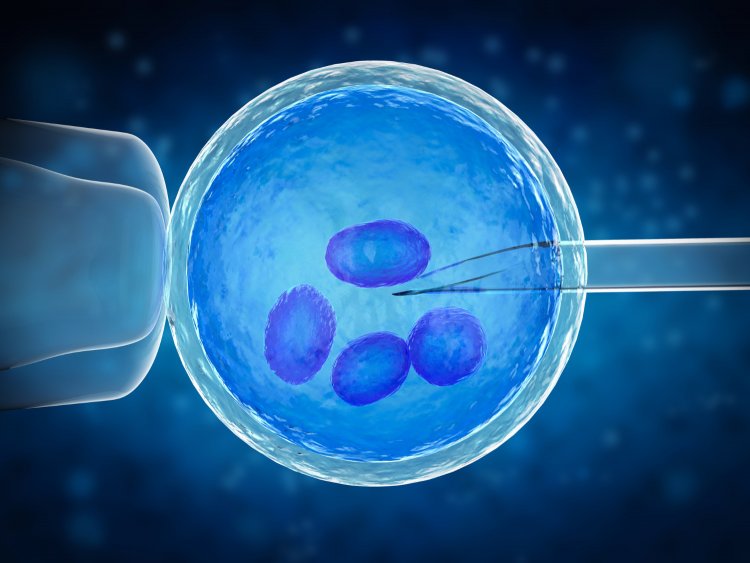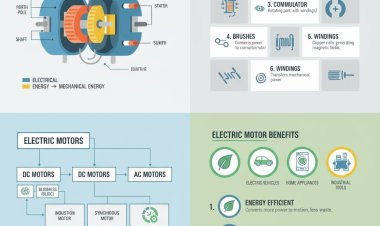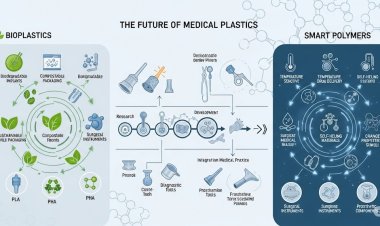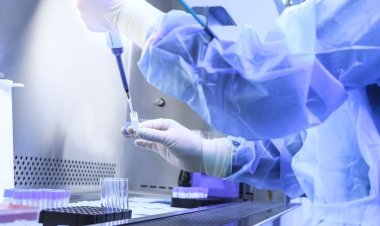Global Cell Dissociation Market Size to Reach $1.4 Billion at a CAGR of 18.2% by 2030
Vantage Market Research expects the Cell Dissociation Market to reach USD 1.4 Billion by 2030, exhibiting a growth rate (CAGR) of 18.2% during 2023-2030.

The Global Cell Dissociation Market size reached USD 0.4 Billion in 2022. Vantage Market Research expects the market to reach USD 1.4 Billion by 2030, exhibiting a growth rate (CAGR) of 18.2% during 2023-2030.
Table of Content [TOC]
|
|
|
|
|
|
|
|
|
|
|
Revolutionizing Research: Exploring the Booming Cell Dissociation Market
Introduction
Cell Dissociation is a process in which cells are separated from each other to obtain a homogeneous cell suspension. This process is useful for many applications like tissue engineering, drug development, and isolation of different types of cells. The market for Cell Dissociation is growing rapidly due to the increasing demand for stem cells and regenerative medicine. This blog will discuss the Cell Dissociation process and its market in detail.
Request Sample Report of Cell Dissociation Market @ https://www.vantagemarketresearch.com/cell-dissociation-market-2259/request-sample
Top Companies in Global Cell Dissociation Market
- VitaCyte LLC (U.S.)
- Thermo Fisher Scientific Inc. (U.S.)
- PAN-Biotech GMBH (Germany)
- Merck KGaA (Germany)
- HiMedia Laboratories Pvt. Ltd. (India)
- Miltenyi Biotec GmbH (Germany)
- STEMCELL Technologies Inc. (Canada)
- General Electric Company (U.S.)
- Roche Diagnostics (Switzerland)
What is Cell Dissociation?
Cell Dissociation is isolating individual cells from a tissue or cell culture. It involves breaking down cell-to-cell adhesions, achieved by enzymatic or mechanical methods. Enzymatic methods involve adding proteolytic enzymes to the tissue or cell culture to digest the extracellular matrix and cell adhesions. Mechanical methods involve physically breaking cells apart using a blender, sieve, or pipetting. The choice of method depends on the cell type, tissue, and application.
Why is Cell Dissociation Important?
Cell Dissociation is essential for many downstream applications, such as flow cytometry, cell culture, and regenerative medicine. For example, in cell culture, the cells must be suspended to grow and divide. In regenerative medicine, stem cells are harvested from tissues and then isolated and expanded in culture for therapeutic purposes. A homogenous cell suspension is required in both cases, which can only be achieved through Cell Dissociation.
Applications of Cell Dissociation
Cell Dissociation has many applications in scientific research and clinical settings. Some common applications are:
- Cell culture: Cell Dissociation is critical in cell culture, allowing cells to grow and divide in a homogeneous suspension. This is essential for downstream applications such as drug screening, toxicity testing, and disease modeling.
- Regenerative medicine: Cell Dissociation is used to harvest stem cells from bone marrow, adipose tissue, and umbilical cord blood. These cells are then isolated and expanded in culture for therapeutic purposes, such as tissue repair and regeneration.
- Flow cytometry: Flow cytometry is a technique used to analyze and sort cells based on their properties, such as size, granularity, and fluorescent labeling. A homogenous cell suspension is required for flow cytometry, which can be achieved through Cell Dissociation.
- Cell-based assays: Cell Dissociation is used to create a homogenous cell suspension for cell-based assays, such as cell proliferation assays, apoptosis assays, and migration assays.
Significance of Cell Dissociation, Including its role in Development, Tissue Regeneration, and Disease Progression
Dissociation of Cells During Development
Cell Dissociation is a critical process when cells migrate to form particular tissues and organs during embryonic development. Cell adhesion molecules are momentarily disorganized during this process, allowing individual cells to separate from their starting points and move toward their intended positions. This dynamic rearrangement of cells ensures the proper development of an organism by facilitating the formation of intricate structures like the neural tube, limb buds, and the heart. Cell Dissociation is also seen in the emergence of germ layers, which give rise to different tissue types in the body.
Buy Now Our Cell Dissociation Industry Report @ https://www.vantagemarketresearch.com/buy-now/cell-dissociation-market-2259/0
Dissociation of Cells During Tissue Regeneration
The capacity of cells to split apart and work independently is also essential for tissue regeneration. Cells close to the damaged area separate from the surrounding tissue and move toward the wound site in situations of tissue injury, such as wound healing. Chemotactic factors and cellular signaling drive this migration, essential for attracting the cells needed to start tissue repair and promote the growth of new blood vessels. Creating targeted therapies to improve tissue repair and regeneration may result from understanding the mechanisms underlying Cell Dissociation in tissue regeneration.
Cell Dissociation in the Development of Disease
Dissociation of cells can affect the course of disease either favorably or unfavorably. Disassociated tumor cells can separate from the primary tumor site in some circumstances, such as cancer metastasis, invade the surrounding tissue, and then move through the bloodstream or lymphatic system to form secondary tumors at other locations. The primary factor in deaths from cancer is a process called metastasis. On the other hand, disorders like fibrosis and autoimmune disorders have been shown to exhibit disrupted organ function as a result of the loss of cell adhesion and increased dissociation.
Enzymatic Versus Mechanical Methods of Cell Dissociation
Enzymatic and mechanical methods are the two main approaches to Cell Dissociation. Enzymatic methods use proteolytic enzymes such as trypsin, collagenase, and dispase to break down the extracellular matrix and cell-to-cell adhesions. These enzymes are specific to cell types and tissue types, and the optimal concentration and duration of enzyme treatment are determined empirically. Enzymatic methods are preferred for high-throughput applications and when a high yield of viable cells is required.
On the other hand, mechanical methods involve physically breaking cells apart using a blender, sieve, or pipetting. Mechanical methods are preferred when enzymatic methods are unsuitable, such as when the cells are sensitive to proteolytic enzymes or when the extracellular matrix is resistant to enzyme treatment. Mechanical methods are also used when intact cells are required, such as for transplantations and tissue engineering.
Challenges and Future Directions
While Cell Dissociation has many applications, several challenges are associated with the process. One challenge is maintaining cell viability, as enzymatic and mechanical methods can damage the cells. Another challenge is maintaining the phenotype and gene expression of the cells after Dissociation, as these can be affected by the process.
Future directions in Cell Dissociation include the development of non-enzymatic methods, such as using magnetic beads and microfluidic devices for cell separation. These methods can potentially improve cell viability and maintain the phenotype and gene expression of the cells. In addition, there is a need for standardized protocols for Cell Dissociation, as this would improve the reproducibility and reliability of downstream applications.
Conclusion
In conclusion, Cell Dissociation is essential in many scientific and clinical applications, including cell culture, regenerative medicine, flow cytometry, and cell-based assays. Enzymatic and mechanical methods are the two main approaches to Cell Dissociation, each with advantages and limitations. The market for Cell Dissociation is growing rapidly due to the increasing demand for stem cells and regenerative medicine. Maintaining cell viability and preserving the phenotype and gene expression of the cells are the major challenges associated with the process. Future directions in cell dissociation include the development of non-enzymatic methods and the standardization of protocols.
Read Our Latest Press Release: Medical Device Outsourced Manufacturing Market - In-depth Analysis
Contact us
Eric Kunz
6218 Georgia Avenue NW Ste 1 - 564
Washington DC 20011-5125
United States Tel: +1 202 380 9727
Email: [email protected]
Website: Vantage Market Research


















